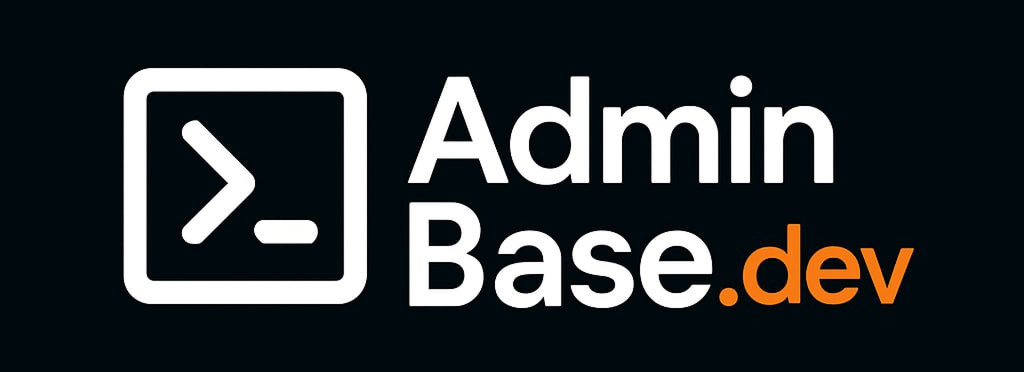Harvester: When You Want to Run VMs and Containers Without Picking Sides
You’ve got a few nodes. Some of your stuff runs in containers, but there are still VMs hanging around — databases, appliances, legacy bits. Setting up one stack for VMs and another for Kubernetes? Feels like overkill.
That’s where Harvester steps in. It doesn’t force a choice. It’s a hyperconverged setup that lets you run both — virtual machines and containerized apps — through one interface, built on top of Kubernetes. And yeah, it actually works.
What It Brings to the Table
| Feature | What That Means for You |
| KubeVirt inside | VMs run inside Kubernetes, managed like pods |
| Built-in dashboard | Web UI to spin up VMs, attach ISOs, check status |
| Longhorn storage | Distributed volumes with snapshots and replication |
| Rancher support | If you’re already using Rancher — you’ll feel right at home |
| Flat or VLAN networking | Bridge your VMs or isolate them — UI handles both |
| PXE and ISO boot | Works for installing any OS, just like a normal hypervisor |
| Cloud-init | Preconfigure VMs on first boot with user-data scripts |
| Cluster-friendly | Add nodes, upgrade, manage — without touching a terminal |
It Makes Sense If…
– You’ve got a few servers and don’t want to split VM and container workloads
– You’d like to keep things simple, visual, and open-source
– You run remote or edge clusters and want something that’s resilient but lightweight
– Your infra isn’t huge, but you still want real features, like HA and snapshots
– You’re curious about Kubernetes — but don’t want to write YAML just to launch a VM
Basically: if you want Proxmox + K8s behavior on the same box, Harvester’s built for you.
Setup in the Real World
- Download the ISO from https://harvesterhci.io
- Boot one of your nodes. The installer handles the basics:
– Pick a hostname and IP (DHCP or static)
– Choose a disk
– Start a new cluster or join an existing one
– Set password and let it install
- After reboot:
https://<your-node-ip>
Log in with the credentials you picked. From there, everything — VMs, networks, disks — is right in front of you.
What It Does Well, and What Still Feels New
👍 Why people try it and stick with it:
– Clean UI with real control — not just a pretty shell
– VMs and containers side-by-side, no hacks
– Open source from top to bottom
– Great for testing, labs, edge, or MSPs
– Doesn’t hide Kubernetes — you can drop into it when needed
👀 Where to be cautious:
– Docs are fine, but you’ll hit spots where trial-and-error wins
– Networking is flexible, but more complex setups take time
– Not the right fit if you run hundreds of VMs with strict SLAs
– Backups and HA work, but aren’t fully push-button yet
– Still a young project — so expect some growing pains
Wrapping It Up
Harvester isn’t pretending to replace your VMware cluster overnight. But if you’re standing up your own infra, want containers and VMs in the same place, and don’t feel like choosing between Proxmox and K8s — this is a clean middle path. Especially for edge and small datacenter use, it’s more mature than you’d expect.






